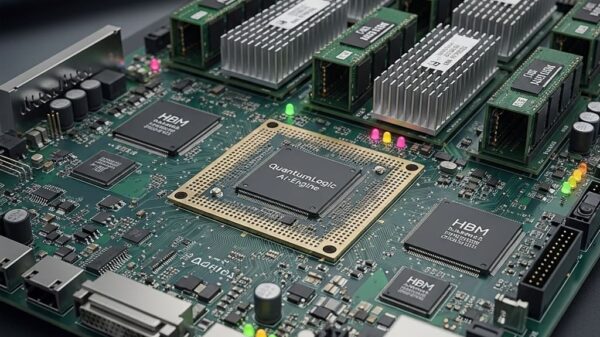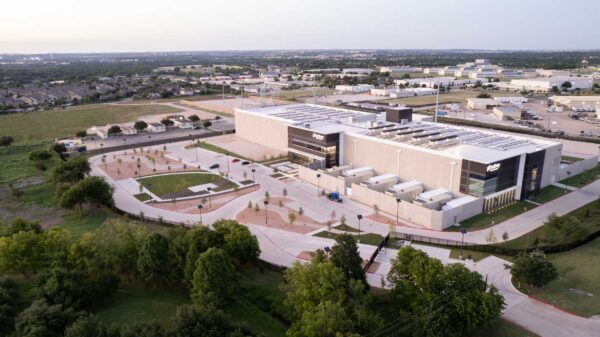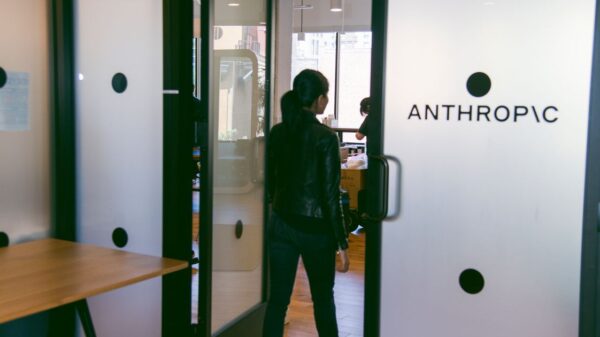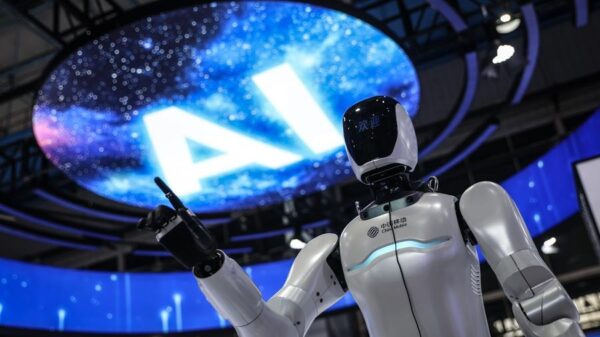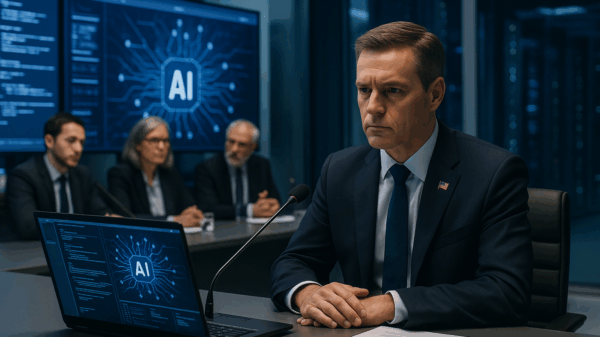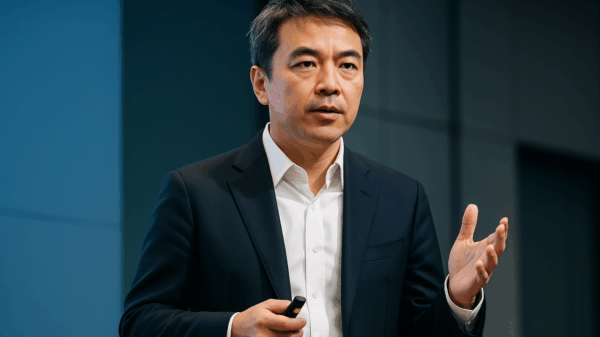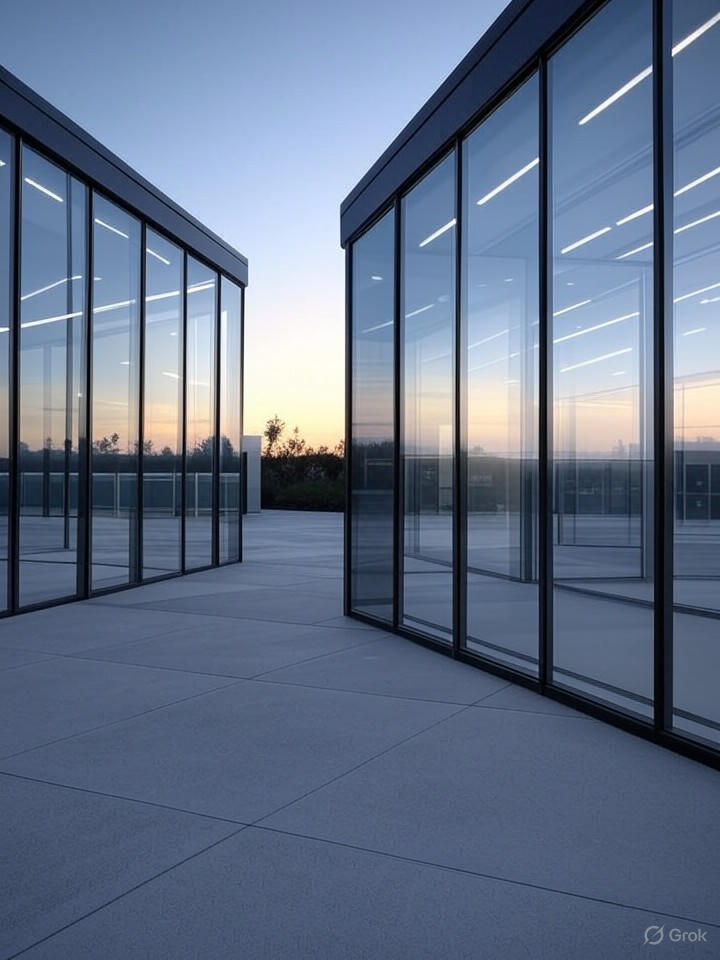In a significant escalation of the artificial intelligence (AI) arms race, **Anthropic** and **Microsoft** have announced ambitious plans for new data centers that promise to reshape the tech industry’s infrastructure landscape. On November 12, 2025, **Anthropic**, the AI startup known for its **Claude** chatbot, revealed a massive **$50 billion** investment in U.S.-based computing infrastructure, with new facilities slated for **Texas** and **New York**. This initiative not only addresses the increasing demand for computational power but also aligns with a broader industry trend focused on developing specialized data centers for next-generation AI models.
Simultaneously, **Microsoft**, a major investor in Anthropic, is advancing its own projects, including expansions in **Georgia** and other strategic locations. This surge in data center construction reflects the mounting pressure for computational resources as AI companies race to create more sophisticated systems. Reports indicate that Anthropic’s investment is expected to generate thousands of jobs while significantly augmenting U.S. computing capacity.
The Infrastructure Imperative
The burgeoning demand for processing power in AI training and inference is the driving force behind this new wave of data center construction. Anthropic’s collaboration with **Fluidstack**, a U.K.-based company, aims to construct AI-optimized facilities designed to lessen dependence on major cloud providers like **Amazon Web Services** and **Microsoft Azure**. An Anthropic spokesperson stated, “This investment will allow us to scale our **Claude** AI platform and advance frontier research,” according to **AP News**.
Microsoft’s parallel projects, including the **Fairwater 2** initiative in **Atlanta**, complement existing infrastructure. Social media discussions highlight an industry sentiment regarding Microsoft’s monumental **$80 billion** commitment to AI data centers this year. Notably, these facilities are strategically located to avoid affluent neighborhoods.
See also Cohere and OpenAI Face Major Legal Setbacks in Copyright Infringement Cases
Cohere and OpenAI Face Major Legal Setbacks in Copyright Infringement CasesStrategic Locations and Partnerships
Anthropic’s choice of **Texas** and **New York** is underpinned by strategic considerations: Texas offers ample energy resources and tax incentives, whereas New York boasts proximity to financial hubs and a skilled talent pool. The $50 billion plan, expected to unfold by **2026**, involves constructing advanced campuses equipped with state-of-the-art cooling systems and high-density computing clusters. This initiative will not only support Claude’s growth but is also poised to enhance U.S. leadership in AI.
Microsoft’s involvement goes beyond mere investment; the company is integrating these facilities into its **Azure** ecosystem. Recent reports mention Microsoft’s **$7 billion** data center project in **Wisconsin**, claimed to be the world’s most powerful, featuring hundreds of thousands of **Nvidia GPUs** and extensive fiber optics.
Environmental and Economic Considerations
The economic implications of these investments are significant. Anthropic’s funding is projected to create thousands of jobs, thereby stimulating local economies in Texas and New York. However, environmental concerns persist, as data centers consume enormous amounts of electricity and water for cooling. Critics have raised questions about the trade-offs involved; for instance, the energy demand for Microsoft’s Wisconsin facility is equivalent to that of multiple nuclear plants.
At the core of these developments are innovative technologies. Anthropic’s partnership with Fluidstack introduces specialized **GPU clusters** and liquid cooling systems to manage the heat generated from AI workloads. Additionally, Microsoft is incorporating renewable energy sources into its projects to mitigate the environmental impact. Earlier discussions in 2025 pointed to Microsoft’s **$100 billion** collaboration with **OpenAI** for supercomputer-scale data centers, setting the stage for these current expansions.
Competitive Landscape and Future Outlook
As AI models become more complex, the need for customized data centers is increasingly evident. Anthropic’s latest move positions it to compete directly with **OpenAI**, which heavily relies on Microsoft infrastructure. Analysts note that the costs associated with these projects are now exponentially higher, with some estimates indicating they are **100 times** more expensive than traditional data centers.
Looking ahead, experts anticipate a wave of similar announcements. It is projected that by **2026**, investments in this sector could potentially double U.S. AI computing capacity. However, regulatory scrutiny regarding energy consumption and antitrust issues may pose challenges, and skilled workforce shortages in specialized fields could further complicate matters.
In summary, the announcements from Anthropic and Microsoft mark a pivotal moment in the AI landscape, with implications that extend beyond mere infrastructure. As these tech giants forge ahead, their projects are set to redefine AI accessibility and capabilities across various sectors, including healthcare and finance.


